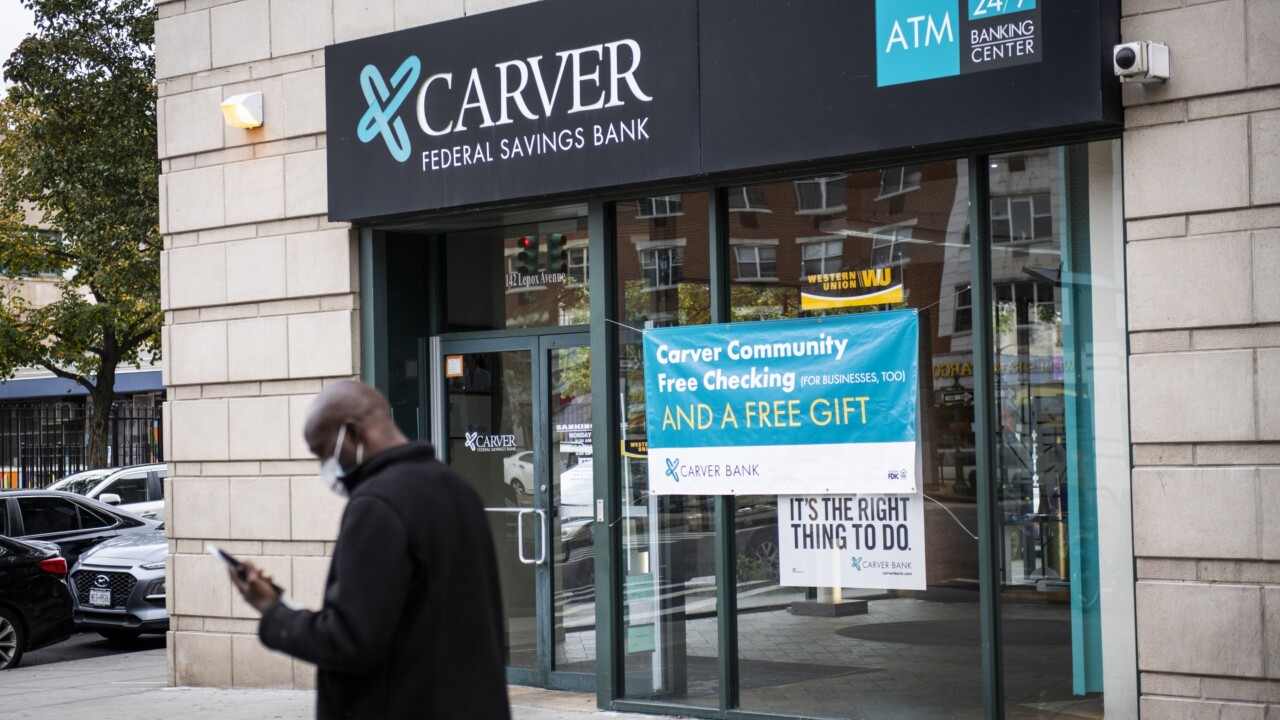Before Paytm became one of India's
Paytm Canada also is going at the market with a completely different value proposition, introducing rewards for using its platform to pay utilities and other bills.

“In underbanked areas of India, people typically have more time than money, but in Canada where everyone has a bank account, time is the precious commodity, so our proposition had to be different,” said Harinder Takhar, CEO of Paytm Canada, which launched bill payment services last year.
Canada is one of the few markets where it might be feasible count on interchange revenue from payment cards for bill payments. Canada has the second-highest per-capita use of credit cards in the world, and Canadian consumers use credit cards for 25% of bill payments and routine household expenditures, according to a
It will nevertheless be challenging to overcome the thin margins for bill payment services, said Mark Schwanhausser, director of digital banking at Javelin Strategy & Research.“Finding a profitable way to support rewards for bill payment is likely to be a tricky equation for any company,” he said.
Paytm funds its rewards by fees gathered from interchange fees on payment cards and from the billers themselves, Takhar said, though he declined to provide a breakdown in costs and fees.
Before introducing rewards this month, Paytm Canada had reached the milestone of 100,000 regular users, and the company predicts it will hit 1 million users by next year, given recent growth trends. Takhar said.
Paytm in Canada has a long way to go before it catches up with its audience in India, where it currently has more than 230 million users. Paytm in India, which leverages a QR code for in-app and point of sale payments, saw its growth explode beginning in 2014 when it added support for railway tickets and Uber payments, later adding person-to-person payments and merchant acceptance at stores.
Paytm Canada operates in a mature payments market, where consumers already have more efficient ways of paying for transportation and moving funds, but Takhar said there is still room to expand.
“Growth in Canada is coming from one consumer referring another, and we expect to see that dynamic continue to increase,” Takhar said.
Paytm Canada’s platform hosts more than 5,000 billers, enabling consumers to log in and see all of their bills at once—with notifications sent through the mobile app or online when each is due. Consumers may pay bills via a bank account, credit or debit card or cash, and they earn reward points for each bill account they add or pay.
Rewards are good for discounts and deals available through Paytm’s site, such as the purchase of gift cards for merchants including Tim Horton, Esso Gas and Hotels.com.





